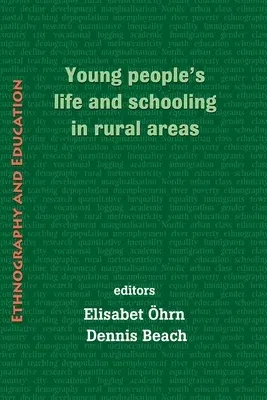Rural-urban disparities in Sweden, as in many other countries, have been
somewhat of a blackspot--one that seems to have both diversified and
expanded in recently. Schools are often fighting to survive in rural
areas which are losing value in terms of wealth and cultural capital and
rather than offering a route to social mobility and equality, they risk
reproducing inequality and future life difficulties.
First, there are distinctive differences between various types of rural
area, their education, and the responses and resistance to the present
situation by those living there. Second, despite these differences we
can still point to consistent patterns. Third is the issue of mobility
into and between rural areas. Different social groups and places have
different and distinct mobility forms and patterns, and educational
availabilities are amongst the factors involved. Some are effectively
imprisoned in their now increasingly depleted areas and experience
intense alienation and flight instincts. Fourth, the introduction of
market politics is also an important contextual feature in rural
education and school experiences. This travelling package of
metro-centric policies cuts very differently in rural areas compared
with urban, as it also does in respect of rural towns compared with
other kinds of rural area.

